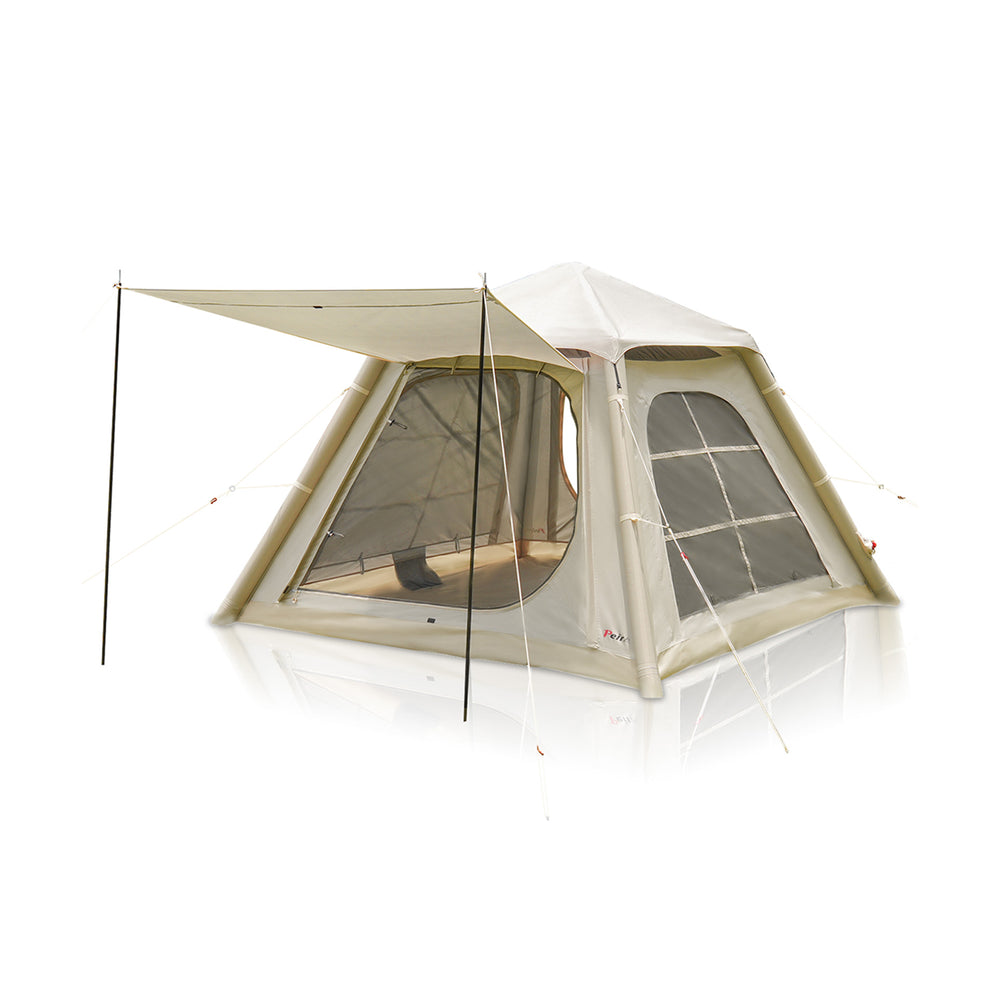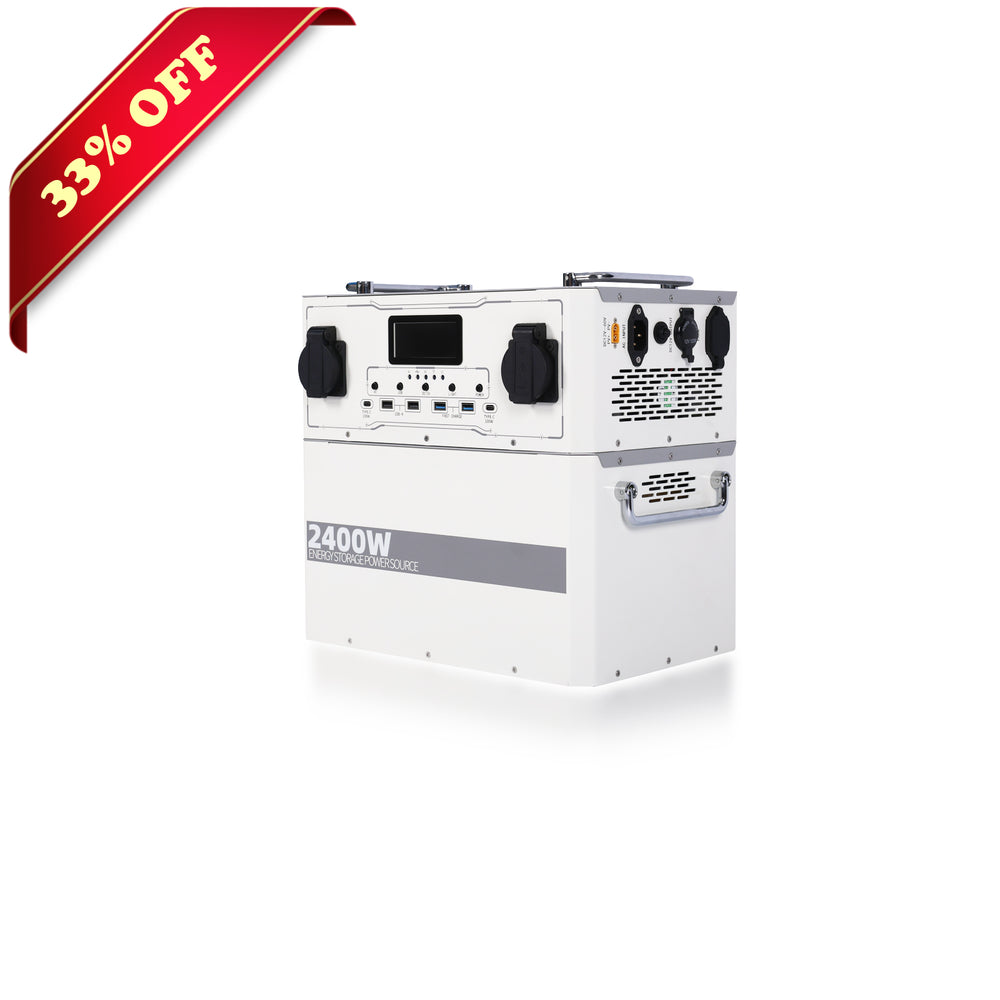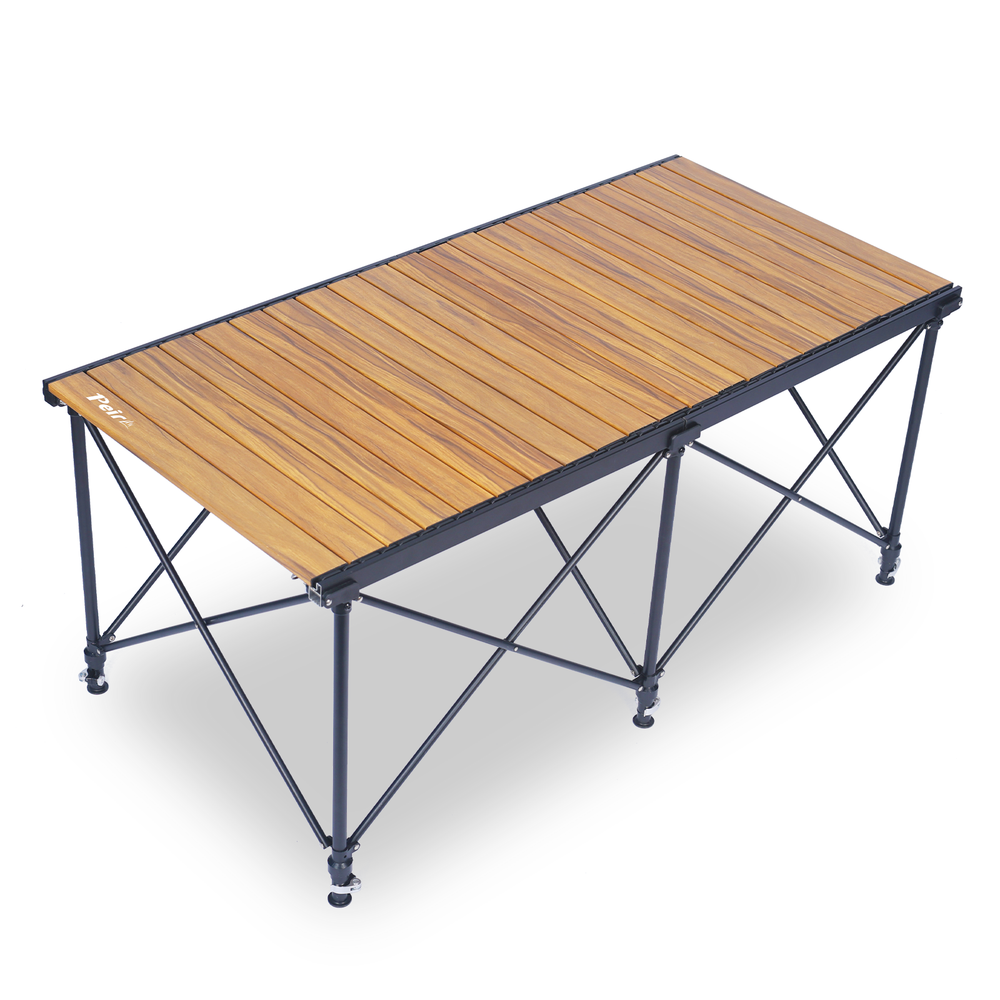When camping, you will bring a sleeping bag, which can ensure your warmth and make you more comfortable. This is why many people bring sleeping bags when they go camping, especially when camping outdoors.
If you are a novice in outdoor camping, sleeping bags may be more important than you think. When choosing a sleeping bag, you need to choose it according to your own needs, such as body shape, budget, and usage scenarios. These are all very necessary to consider.
When buying a sleeping bag, you can choose different shapes, different temperature levels, and different bedding materials.
How to choose the best sleeping bag for cold weather
The main purpose of a sleeping bag is to keep you warm. To choose a sleeping bag with the right temperature level, you need to know the temperature of the place where you are camping, such as what it is during the day and what it is at night.
Choosing the right sleeping bag can prevent you from spending every night in cold weather. If it is too cold or too hot, you may find it difficult to sleep well.
Which sleeping bag insulation material is best?
Sleeping bag insulation is what keeps you warm. You can choose from two popular types of insulation materials: synthetic and down. Less common sleeping bag insulation materials are cotton and wool.
Synthetic Sleeping Bags
One of the biggest advantages of synthetic sleeping bags is that they don't absorb water easily. Synthetic sleeping bag filling also dries out faster than other types. You could accidentally drop your bag in ice-cold water during your day of backpacking, and it will most likely have dried out by the time you set up your tent.
Synthetic material is thin, so you often won't even need a sleeping pad for extra insulation. It will still protect you from the cold ground. However, most campers still prefer the extra comfort and insulation of a sleeping pad.
On the other hand, synthetic filling is heavier than down, so they aren't always the ideal sleeping bags for backpacking. If weight is less of a concern for you, synthetic sleeping bags tend to be cheaper, and they're also vegan-friendly.
Down sleeping bags
Down is a material made from goose or duck feathers. It is also known as nature's best insulator. Down sleeping bags are lightweight and have the best heat retention. However, they are also water absorbent and do not dry as quickly as synthetic sleeping bags.The material is very soft and compresses easily, so when carrying a down sleeping bag you have to be careful not to put pressure on one area, such as cinching a strap on a backpack too much.
If you do, that area will become compressed and reduce the insulating properties of the sleeping bag. Therefore, it is recommended to keep changing positions when carrying a down sleeping bag. You may also need to use a sleeping pad in conjunction with a down sleeping bag.Down sleeping bags are expensive and require more care than synthetic bags. But a down sleeping bag is a worthwhile investment if you want to travel very light and camp in extremely cold temperatures.
Cotton Sleeping Bags
If you plan to camp only in warm climates or in a place with central heating, then you may want to choose a cotton sleeping bag.However, this material absorbs water and is not the best for keeping you warm. Therefore, we do not recommend professional campers to get a cotton sleeping bag.
On the other hand, cotton sleeping bags are very affordable, and there are many options available for beginner campers. If you are looking for a cheap sleeping bag for your children, and you only plan to camp when it is warm, a cotton sleeping bag is a budget-friendly option.
Wool Sleeping Bags
Wool is a very good insulator that is water and compression resistant. The only drawback is that it is quite heavy, so it is not the best sleeping bag choice for backpackers.A wool sleeping bag is an ideal choice for car camping, where weight is less of a factor.
Sleeping Bag Size and Shape Chart
Sleeping bag sizes are usually determined by their length, and the right length will depend on your height. For example, if you are 175 cm tall, you will want a bag that can easily cover the entire length of your body with room to spare. A mummy bag or semi-rectangular sleeping bag that measures 185 cm may be suitable.
However, don't just buy the biggest sleeping bag you can find. Not only is it too big, but you may end up getting colder. The more space there is inside the sleeping bag, the less heat it will retain. Ideally, you want a bag that covers you completely and gives you room to move around a bit, but isn't too big.
Rectangular Sleeping Bags
This is the most common type of sleeping bag. It doesn't close completely over your head, but it will give you enough room to move around inside without letting in too much air. These are a good choice for warmer temperatures
Semi-rectangular sleeping bags
This is a middle ground between rectangular and mummy-style sleeping bags. Semi-rectangular sleeping bags have a curved closure above your head. However, you will still have some room to move around without feeling too cramped inside. These are generally good options for sleeping on many types of peaks, with the exception of extremely cold conditions.
Mummy Sleeping Bags
Mummy sleeping bags are the tightest fitting sleeping bags you can buy. They fit close to your body and ensure that nothing gets in the sleeping bag. This will help retain heat in colder temperatures.
Sleeping bags are warm, lightweight and narrow, making them ideal for backpackers. But before you buy one, consider how you like to sleep. If you toss and turn in bed during the night, you may find a sleeping bag too restrictive for comfort.
Double Sleeping Bags
If you have a loved one you want to cuddle up with, or just want plenty of room when you sleep, a double sleeping bag is an excellent choice.
Because of their size and weight, double sleeping bags are not the best choice for backpackers. And if you plan to sleep alone in a double bag, it's best to do so in warmer temperatures. The extra space of a double bag can let in a lot of air, which can make you feel cold. On the other hand, two people sleeping together in a proper double bag can enjoy quite a bit of warmth as they both benefit from each other's body heat.
Adjusting the sleeping bag zipper
Are you a person who has cold hands and warm feet, or a combination that is just unusual in how your body warms? Having to zip up your sleeping bag because you have cold hands, but then dealing with sweaty feet is probably agony for you.
If you have this problem, then buy a sleeping bag that has two-way zippers that run the full length of the bag. This way, you can open and ventilate specific areas that need it.
Sleeping Bags for Different Activities
No, you don't need to buy a sleeping bag for every activity, but let's say you're going camping more than hiking. In this case, you may want to focus less on light weight and more on comfort and warmth.
The opposite will be true if you're primarily a backpacker who likes to travel very light. A lightweight mummy bag is much easier on your back after a hard day of hiking.If you need a sleeping bag just for sleepovers at home, then you won't need anything more than a cheap cotton sleeping bag.
If you're going to take the sleeping bag anywhere near water, a down sleeping bag is out of the question, unless you plan to pack it in a waterproof bag.












 Peirhw Inflatable House Tent - Starry Night Love
Peirhw Inflatable House Tent - Starry Night Love
 Peirhw Glamping Tents - Friendship Castle
Peirhw Glamping Tents - Friendship Castle
 Peirhw Inflatable Canopy Tent - Adventurer
Peirhw Inflatable Canopy Tent - Adventurer



 Peirhw Portable Air Conditioner
Peirhw Portable Air Conditioner
 【Advance Sale】Peirhw Portable Power Station 2400W
【Advance Sale】Peirhw Portable Power Station 2400W
 【Advance Sale】Peirhw Portable Power Station 600W
【Advance Sale】Peirhw Portable Power Station 600W





 Peirhw Self Inflating Sleeping Pad
Peirhw Self Inflating Sleeping Pad
 Peirhw Air Mattress (8" Queen Type)
Peirhw Air Mattress (8" Queen Type)
 Peirhw Camping Sleeping Bag
Peirhw Camping Sleeping Bag


 Peirhw Butterfly-shaped Canopy for Camping
Peirhw Butterfly-shaped Canopy for Camping
 Peirhw Camping Waterproof Canopy (Cannot be Purchased Separately)
Peirhw Camping Waterproof Canopy (Cannot be Purchased Separately)


 Peirhw Outdoor Folding Chairs
Peirhw Outdoor Folding Chairs
 Peirhw Folding Camping Table
Peirhw Folding Camping Table













